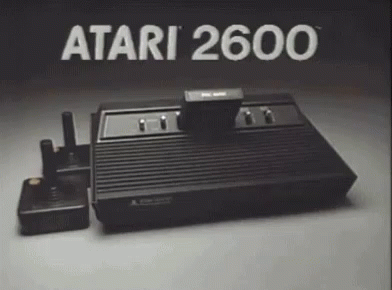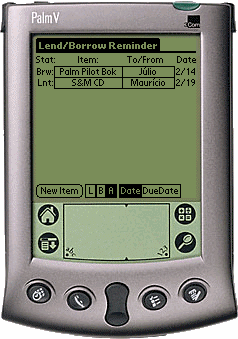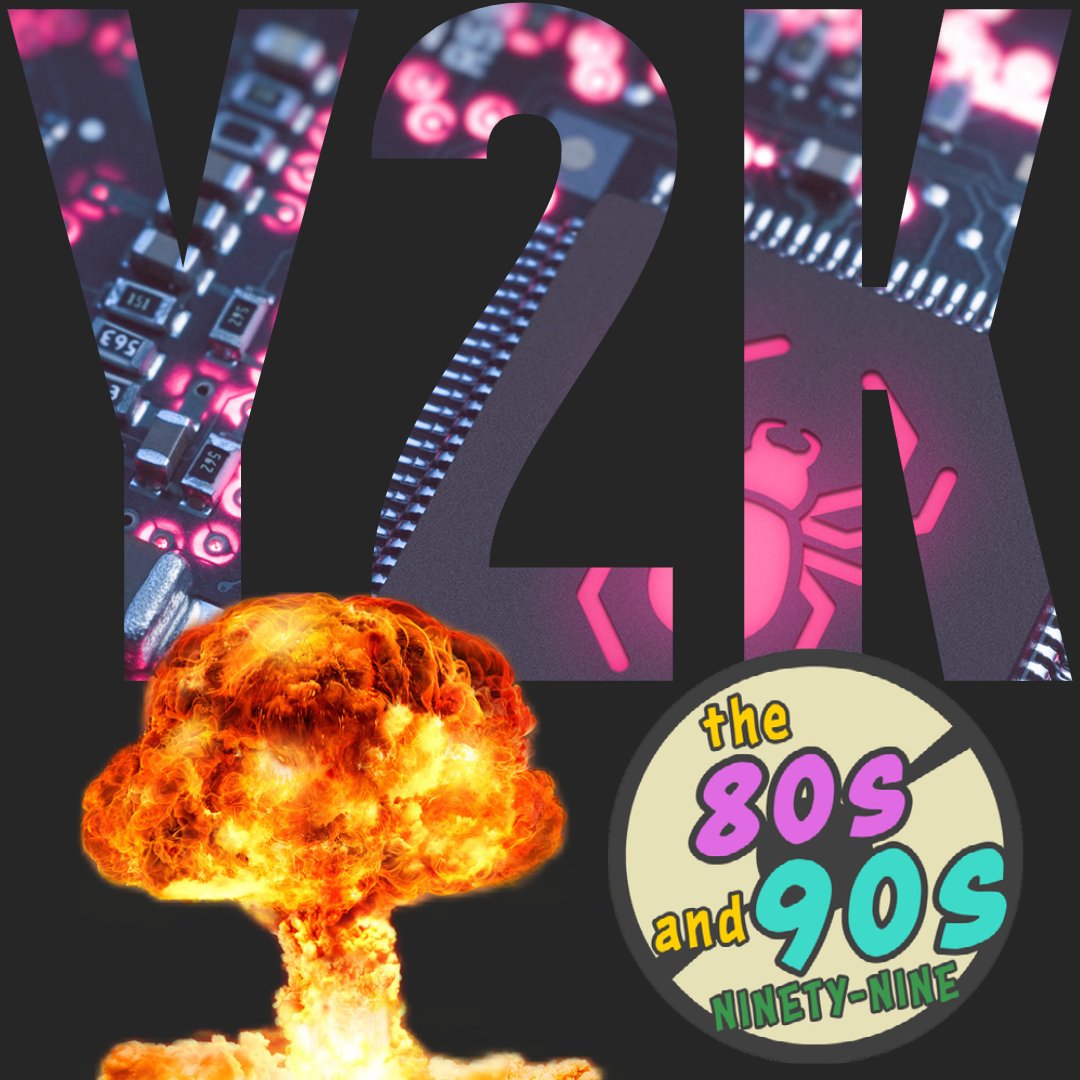5 Short-Lived and Overlooked Technologies of the 80s and 90s (That Your Uncle Held On To)
Although I grew up in a single-mom household, I had plenty of uncles to hang with and get my fix of masculinity. My uncles were often early adopters of technology and gadgets, but also relics who held on to their anachronistic technologies even though they were outdated. So, let’s meet my uncles and their short-lived and overlooked technologies of the 80s and 90s.
8-Track Tapes
Everyone who was around in the late 80s and 90s knew that one dirtbag who was stuck in the late 70s and early 80s who refused to leave. In fact, David Spade’s inspiration for Joe Dirt was based on people he knew like this. My Uncle Jake was such a fellow. Although the mullet was still around in the 80s, he had an especially late-70s mullet. He also sported a sleeveless jean jacket, a can of Skoal chewing tobacco, and an 8-track tape player in his AMC Gremlin. While most of the world had either overlooked or moved beyond this audio format, Uncle Jake still had his limited selection of clunky 8-track tapes near to his full, driver’s side ashtray and included acts such as Boston, Lynyrd Skynyrd, and Neil Diamond. If you are wondering, he did indeed live in a trailer park.
The 8-track cassette was a popular format throughout the 1970s but was replaced by the compact cassette tape in the mid-1980s, for everyone except people like Uncle Jake that is. To its credit, it did have the advantage of playing continuously without having to turn it over midway through. That’s also what made it quite a bit bulkier than cassette tapes. While younger generations might recognize the cassette tape as an artifact of days past, an 8-track tape would likely be unrecognizable to them. Sadly, Uncle Jake is no longer with us, but he had his 8-track tapes to his last day.
Atari 2600
Dirt bag Uncle Jake might have been outmoded and unfashionable in almost every way, but one thing he kept up on was video gaming technology. When he wasn’t working his menial job or smoking weed, he was playing video games. He was the first in our clan to get the Atari 2600 in the late 70s when it was called the Atari VCS. The Atari 2600 controller was primitive with a joystick and a red button to play some of the most iconic games of all time including Space Invaders, Pac-Man and Donkey Kong.
Then, the much-anticipated E.T. The Extra-Terrestrial game was released in 1982, disappointing every gamer on the planet, and it was all downhill from there. The game was so loathed that, in late 1983, Atari had to send truckloads of unsold E.T. cartridges, along with consoles and controllers, to a landfill in New Mexico. There are interesting news features and documentaries about the “Atari Video Game Burial” and the rise and fall of Atari that are worth a look.
1985 would bring us the Nintendo Entertainment System, solidifying the demise of the already beleaguered Atari. Uncle Jake would also be the first to get the NES (followed by the SNES, Sega Genisis, PlayStation, Nintendo 64, etc.) but, like his 8-tracks, would keep his Atari 2600 to his last days.
BetaMax
While Uncle Jake was a trailblazer for video game consoles alone, Uncle Rick was an early adopter of any and every kind of gadget, especially video technology. Movie nights at Uncle Rick’s place could involve any number of video formats including a BetaMax player. Having acquired BetaMax in the late 70s, Uncle Rick had an impressive collection of tapes he continued to obtain through the 80s including the largest curation of Chuck Norris movies I’ve ever seen. Interestingly, even though Sony conceded the format wars in 1988, they continued producing BetaMax players throughout the 90s until 2002.
Uncle Rick often came to the defense of BetaMax even after its defeat to VHS, calling the format “technically superior”, and applauding Sony for not sacrificing better caliber. He swore there was a difference in picture quality and would often point it out during Chuck Norris binges watches. Truth be told, I could never tell the difference between his BetaMax and VHS players, but I played along like a good nephew.
LaserDisc
While I didn’t see much difference between BetaMax and VHS, there was definitely a discernable advantage with Uncle Rick’s LaserDisc player. Today’s young people might call the LaserDisc a giant DVD, and that’s a pretty good description. LaserDiscs were semi-optical discs the size of a vinyl record. Uncle Rick bought a LaserDisc player (at great cost) when they first came out in the early 80s along with a collection of disks. Everyone was fascinated by it because, coming before CDs proliferated, the disks looked very high-tech. There were no tapes for analog mechanisms on a LaserDisc. They were thin, rainbow-reflecting sabots that looked like something Tron might use to vanquish competitors.
In addition to how cool the disks looked; the picture quality was noticeably superior. The only issue was that the disk would have to be turned over midway through the movie. Alas, by the time people could begin to afford LaserDisc players, the smaller DVD was introduced in the mid 1990s, dooming the LaserDisc format to obscurity.
Uncle Rick still has these systems today. His house is a veritable museum of both current and anachronistic technological gadgets.
Personal Digital Assistant (PDA)
Now let’s move on to the most successful of my uncles: Uncle Ken. I’m not even sure what Uncle Ken did, but he was a very important, busy fellow. So much so that he had a Personal Digital Assistant, or PDA, to help him manage his affairs. I believe his PDA was a PalmPilot but it may have been an Apple Newton (or maybe he had both?). Prior to smartphones, the PDA was the quintessential pocket computer that allowed busy, important uncles like Ken to manage his tasks, calendar appointments, contacts, and “emails”. PDAs also included first-generation handwriting recognition technology! Hanging out with Uncle Ken in the 90s would include him checking his pager and using his PDA stylus and touch screen to do, you know… important stuff. PDAs were expensive in the 90s, and if you had one, you were considered a big deal (whether you were or not). Uncle Ken was always a big deal to me in either case.
Newer generations today who grew up with smartphones might be unaware of the 90s amalgamation of cell phones, pagers and PDAs that converged to realize them. Although obsolete and often overlooked, the PDA was the prototype of the most important gadget of our time.
Did you have any uncles who latched on to obsolete, now overlooked technologies? Let me know on our Twitter page. Want to listen to more about the PDAs and other technologies introduced in the 90s? Then, have a listen to our episode on the subject on The 80s and 90s Uncensored podcast. You can also read up on why I think 90s cell phones were superior. With that, I’ll leave you with this quote:
“Any sufficiently advanced technology is indistinguishable from magic.”






















The guys look back 25 years to 1999 and compile a list of items everyone had then, but don’t have now.